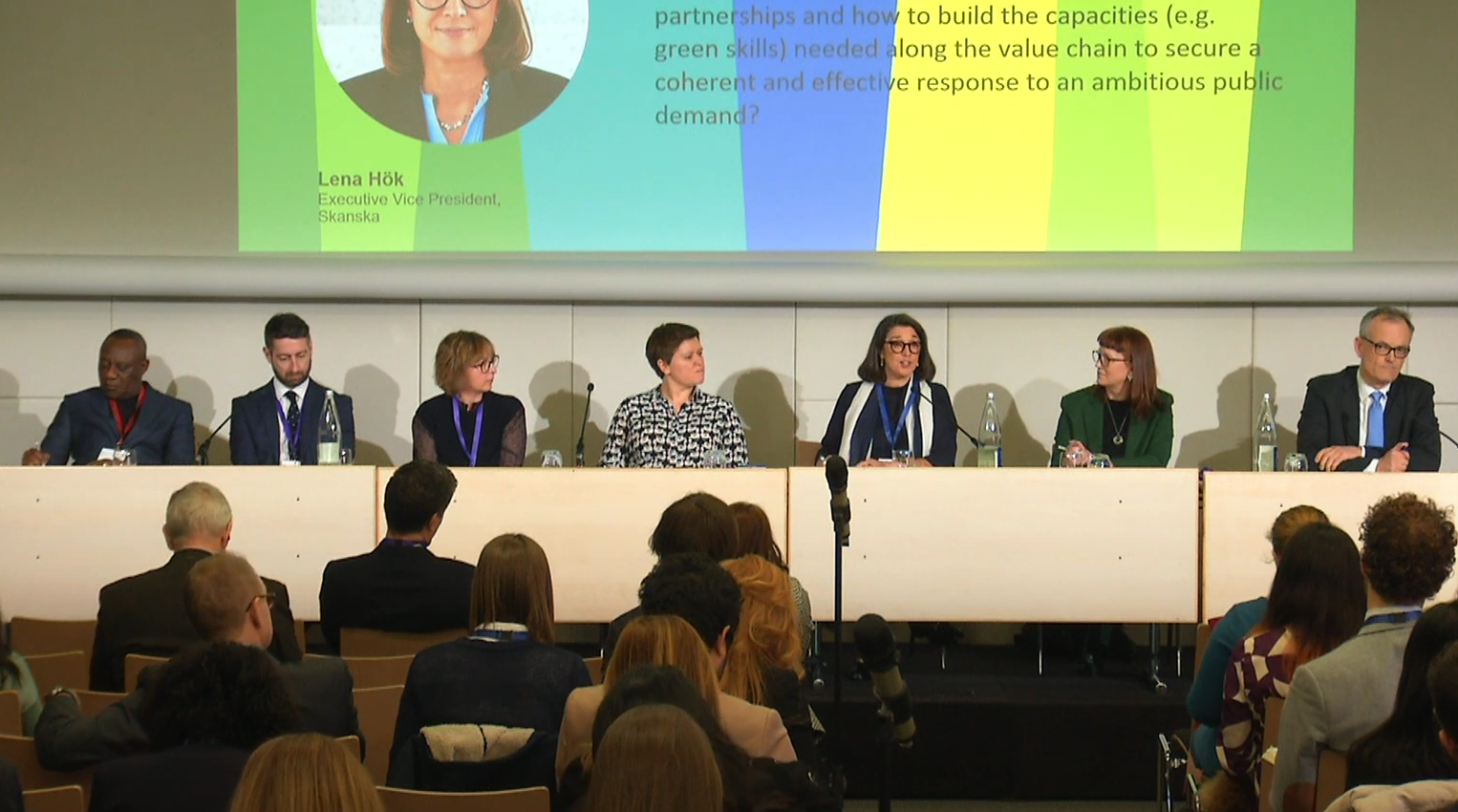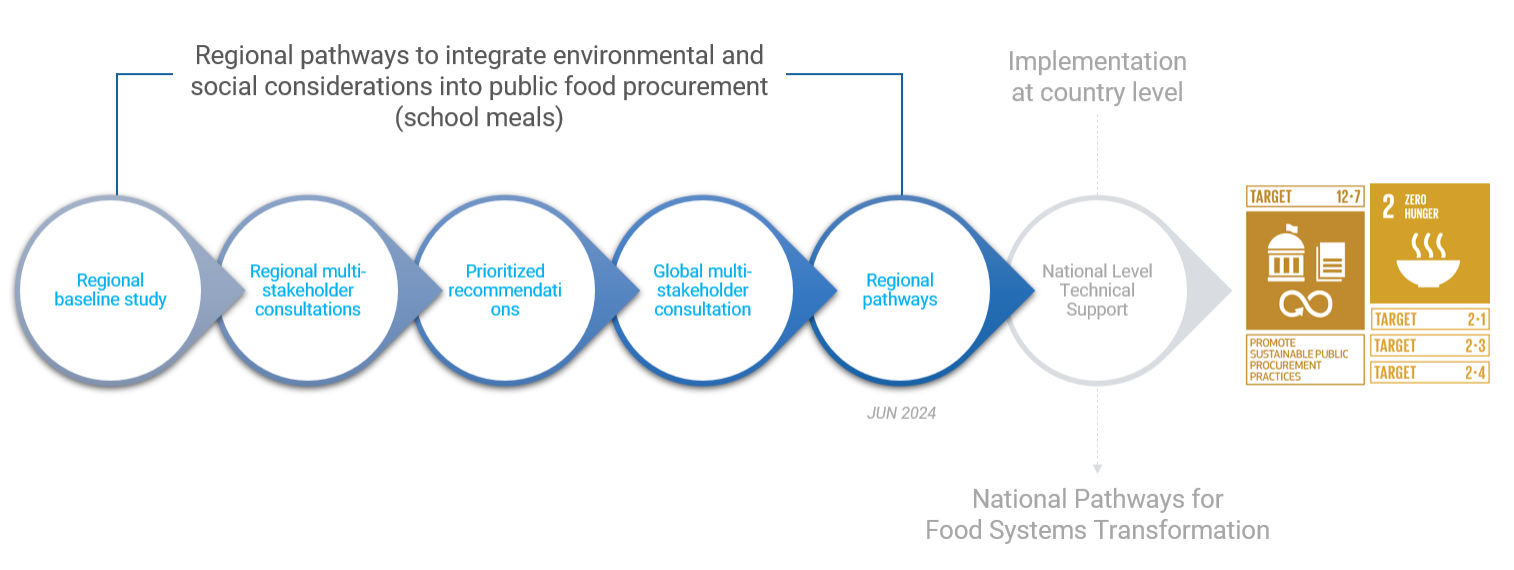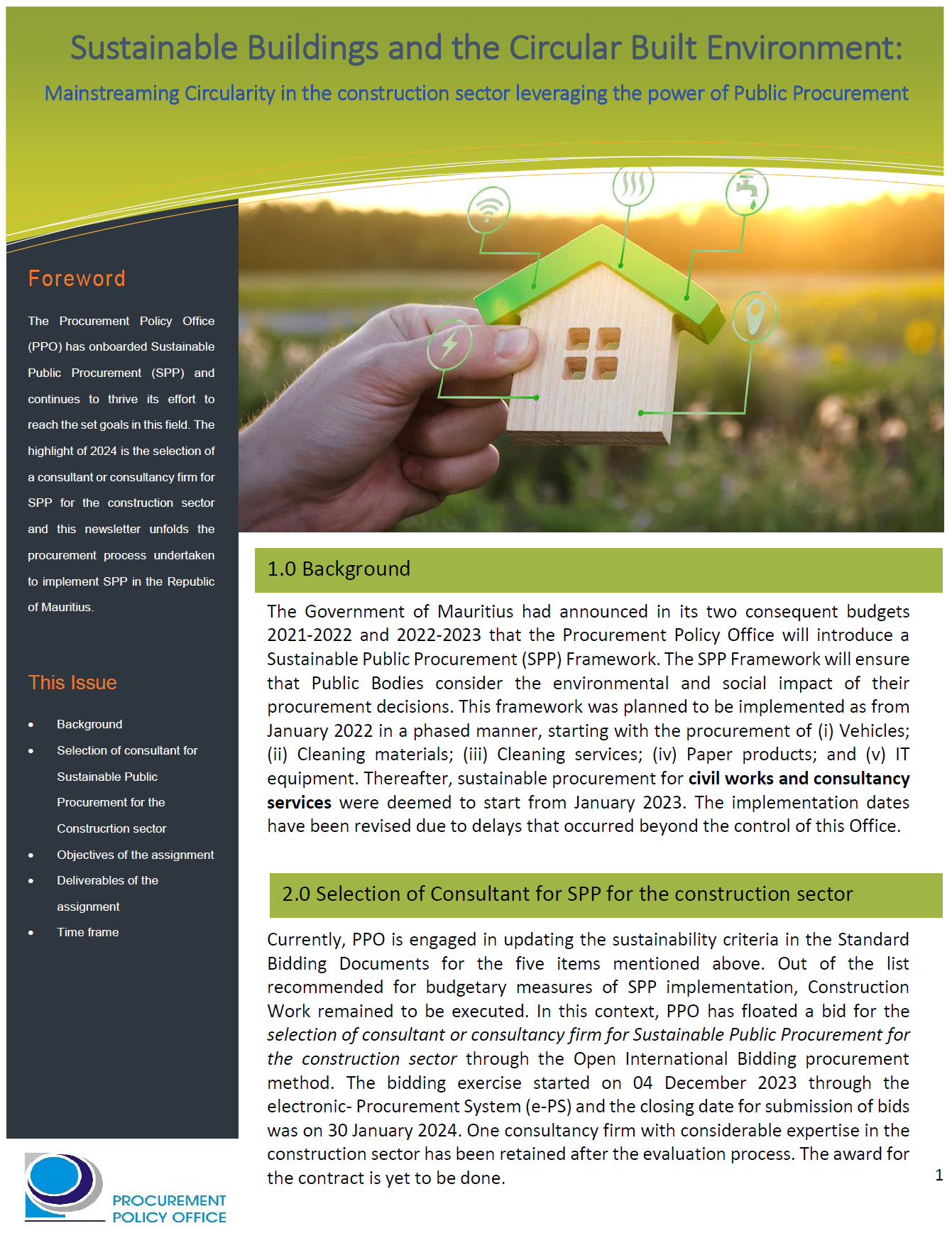Fostering Low-Emission Rural Development From the Ground UP
No Silver Bullets: Corporate and national government commitments to reduce deforestation are extremely difficult to implement on the ground. Governments, businesses, farmers, communities and civil society must be at the table to drive the transition to low-emission rural development (LED-R).
Many Jurisdictions Still Lack Performance Targets and Reference Levels: Acre and Mato Grosso, Brazil and Chiapas, Mexico are important exceptions.
Lack of Alignment Across Policies & Initiatives:
Many policies and initiatives that influence land- user decisions are still at odds with one another. Multi-stakeholder dialogues can broaden support for shared regional performance reference levels and milestones, especially if the incentives
for achieving those milestones are part of the discussion.
REDD Finance has Not Reached Most Jurisdictions: REDD finance has been slow to reach subnational jurisdictions, with important exceptions. Incentives for supporting LED-R must also be found in domestic policies and programs.
Performance-Based Incentives Could Play Critical Role: Be they financial, regulatory or contractual, these incentives systems can reward performance at the farm and jurisdictional level, pushing progress towards time-bound performance milestones.
Forest Monitoring Weak Outside of Brazil: Most nations have developed forest monitoring systems, but only Brazil makes reliable, annual maps of new deforestation available on the internet. Others could follow soon.
• Land Rights Advanced in Latin America and Progressing in Indonesia: Legal protection of indigenous and community rights to land is more advanced in Latin America. However, in Indonesia a recent Constitutional Court decision on customary land rights provides a foundation for progress. Border defense is usually still the communities' responsibility.
• Smallholders Neglected: Small-scale farmers are generally excluded from LED-R processes. With numerous small landholdings, usually without formal land titles, it is more difficult to include them in supply chain initiatives, support them through rural extension, or finance them through credit programs.
• Multi-Stakeholder Dialogues Patchy: Several regions have multi-stakeholder processes underway, while some are just beginning. Indigenous people and smallholders generally have less decision-making power than governments and private sector actors, such as large-scale farmers and financers.
Image



